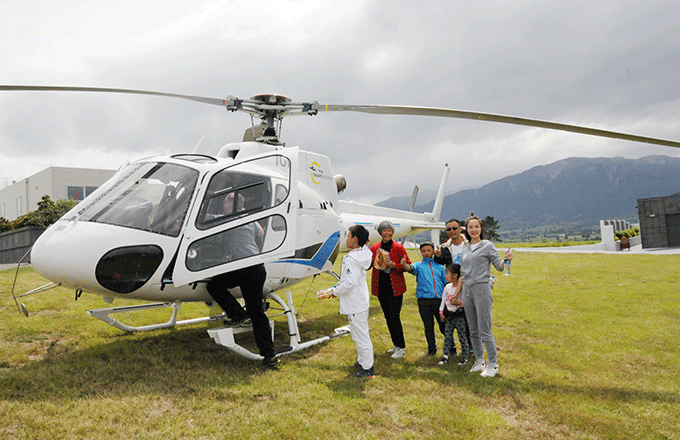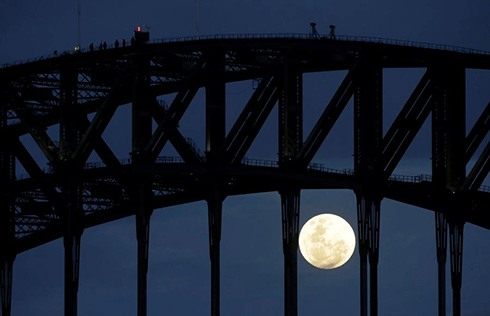Nearsighted children may get worse in winter
Nearsighted children had their vision deteriorate faster when days were shortest and more slowly during the summer months, according to a Chinese study investigating whether daylight may slow the worsening of children's vision.
"Most likely it is the light exposure that causes the reduced myopia progression during periods with longer days," said lead author Dongmei Cui, an ophthalmologist at Sun Yat-sen University in Guangzhou, China.
Cui and his colleagues analyzed data from a clinical trial that included more than 200 children aged 8 to 14 years old with myopia, or nearsightedness, in Denmark, where day length ranges from seven hours in winter to almost 18 hours in summer.
Researchers, whose findings appeared in Ophthalmology, looked at changes both in the children's ability to see and in the shape of their eyes.
Over the six months with the least daylight, nearsightedness progressed by 0.32 diopters - a measurement of the optical power of a lens and the increment used in eyeglasses prescriptions. In comparison, children's vision deteriorated by 0l28 diopters over the sunniest months.
As the length of the eyeball increases from front to back, nearsightedness tends to get worse. During the winter, eye length in the study participants increased by an average of .18 millimeters, compared to .14 mm over the summer.
The researchers did not analyze how much time the children spent outside, just how much they probably did based on the season. Danish children spend much more time outdoors in summer, and very little in winter, when temperatures hover around freezing for four months, according to Cui.
Past research on nearsightedness in children in the United States found the condition deteriorated more during the six months of the school year and less during the six months that include summer, Cui and his colleagues note.
But another study in Singapore, where days are about the same length all year, found no seasonal difference in the progression of nearsightedness.
Cui said his team's findings are the first to link nearsightedness progression with hours of available daylight.
Even when the sky is overcast, light from the sun is much more intense than indoor light, he told Reuters Health in an email.
The idea that daylight might protect children from worsening nearsightedness is a relatively new theory, said professor Jeffrey Cooper of the College of Optometry at the State University of new York in Manhattan.
Studies in mammals and birds have found that light exposure plays a role in the development of the eye, and that animals reared from a young age with frequent exposure to high intensity light may be somewhat protected from myopia. No similar effect has been seen with light exposure in adulthood.
"There is no evidence that increasing outside exposure will actually reduce the progression of myopia," Cooper said.
But it could be a long time before a rigorous trial can prove the connection, and in the meantime it won't hurt to encourage children at risk for nearsightedness to spend some time outdoors, he added.


























